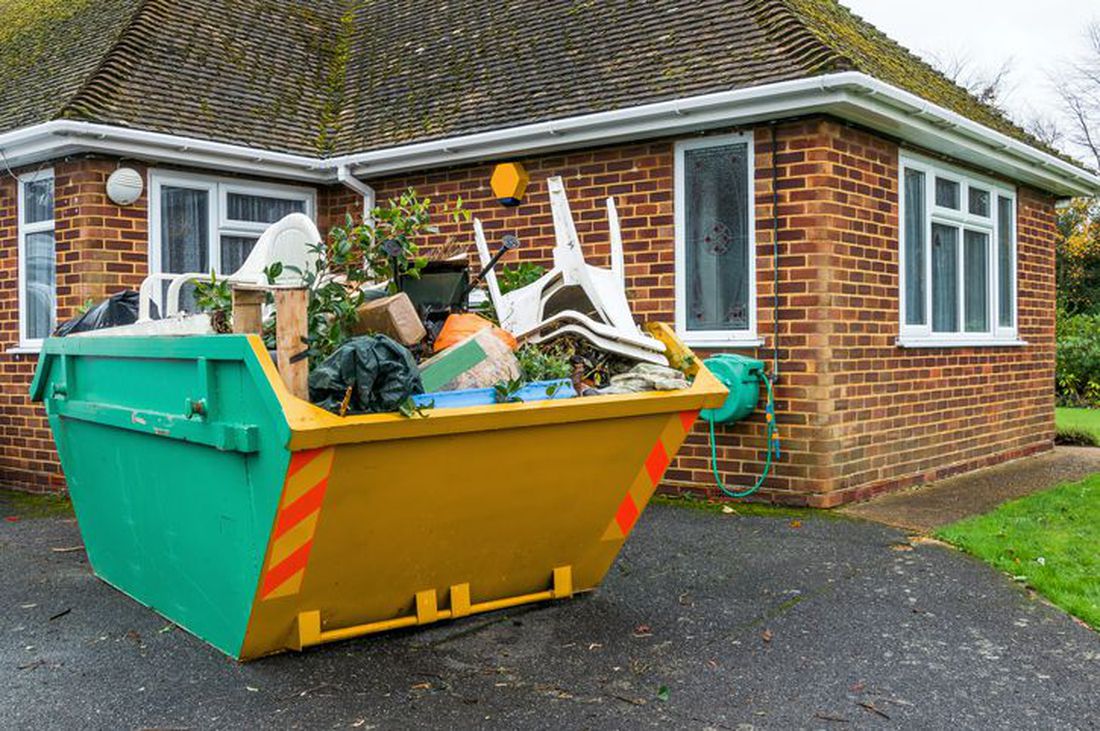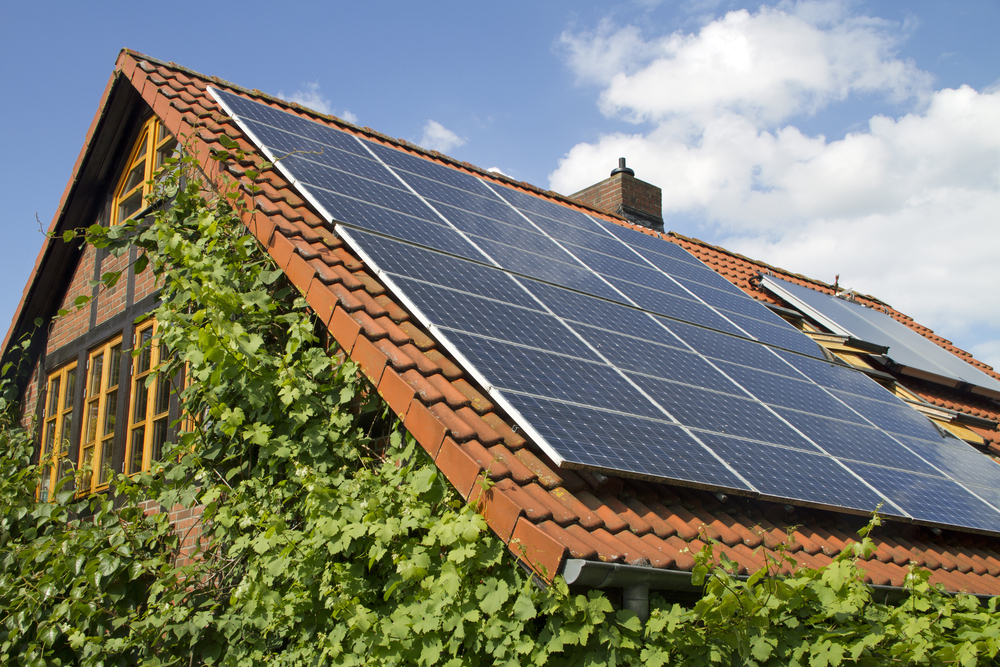There are different types of waste management apparatus, all of which revolve around the removal of waste. Waste can mean anything from typical household garbage found in bins, to toxic waste from chemical plants. Each type of waste needs specific equipment and treatment, due to the variance in waste type and the safety of the substance which has to be handled.
- The most renowned type of waste management equipment is the humble bin truck, which collects waste from homes and then transports itaway for disposal.
Even though waste management equipment can include complex machines, it also subsists of a lot of simpler equipment, as in rubbishbins, which come nowadays in a range of shapes and sizes and are made primarily from plastic.
- Smaller, simple bins are generally found in our homes, whereas the larger type can be used for public and industrial purposes, where larger amounts of waste have to be collected.
All of these bins typically have lids or some type of overhead covering, which helps with odour containment and aesthetic reasons.
The Skip Bin and Collection Truck
In non-residential waste management procedures, rubbish is gathered into a large skip bin. Skip bins are norm fully enclosed and in most cases have a removable top or a small hatch tochuck rubbish into.
- After either an agreed period of time or a phone call, a truck will come to pick up the rubbish and move it off to be properly sorted out at a dump.
These trucks can come in different shapes and sizes to holdvarious types of skip bins, or in some cases, the waste which is being managed. In general, however, these types of trucks are classified by the way that they load the garbage.
- In most cases, these are front loaders, rear loaders, side loaders and pneumatic collectors.
Front, rear and side loaders, load garbage just as their name suggests: i.e. from the front, rear, or side and is usually carried out by mechanised forks which lift a skip bin upside-down over the truck, and forces the rubbish out.
Pneumatic collection trucks handle rubbish in a likeway to that of a vacuum cleaner. Sometimes, waste must be stored underground in a liquefied form, as in sewage and chemical waste. These trucks have a special crane with a large connected hose which is attached to an opening in the ground, and liquid stored below is then sucked out by a vacuum.
Other Types of Apparatus
Other equipment includes reprocessing and recycling applianceswhich can salvage and integrate basic materials for reuse.
- In the majority of cases, however, rubbish is dumped at landfills.
Due to garbage in landfills being commonly non-reusable, it must be done away with completely via incineration.
Rubbish is something which will always be around!






When it comes to waste management, there are a lot of different pieces of equipment that can be used. Depending on the size and type of your business, you may need a different combination of equipment to handle your waste effectively. This guide is giving you an overview of the most common types of waste management equipment, so you can choose the right tools for your business.